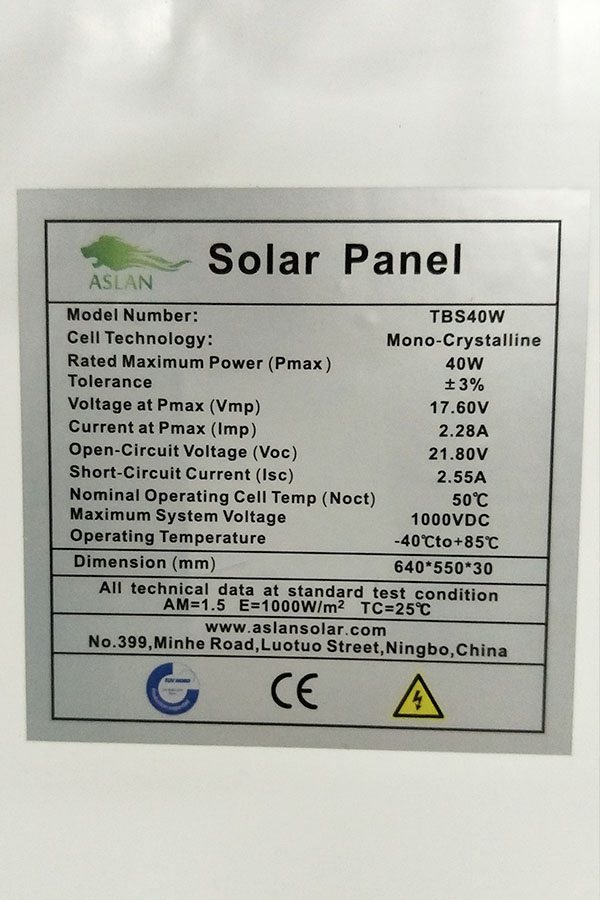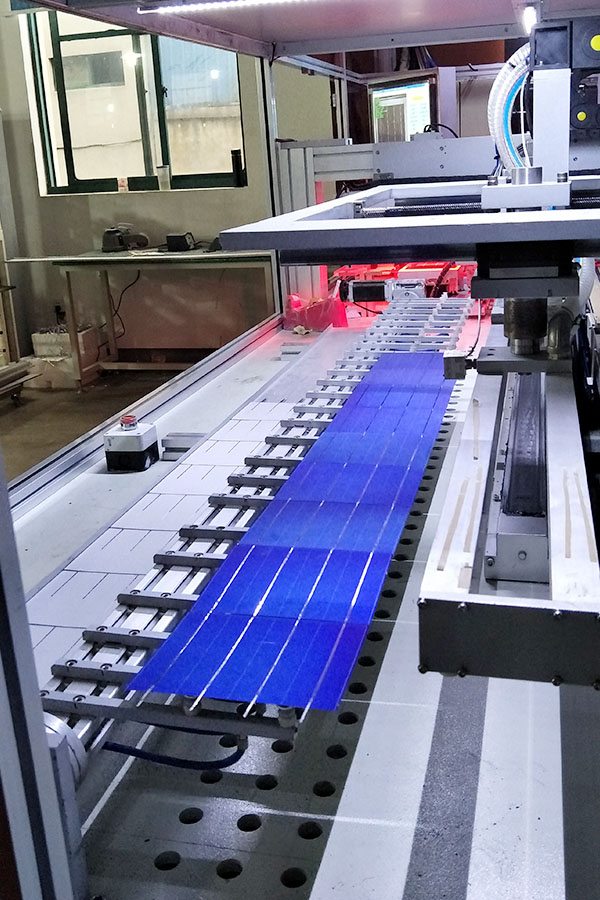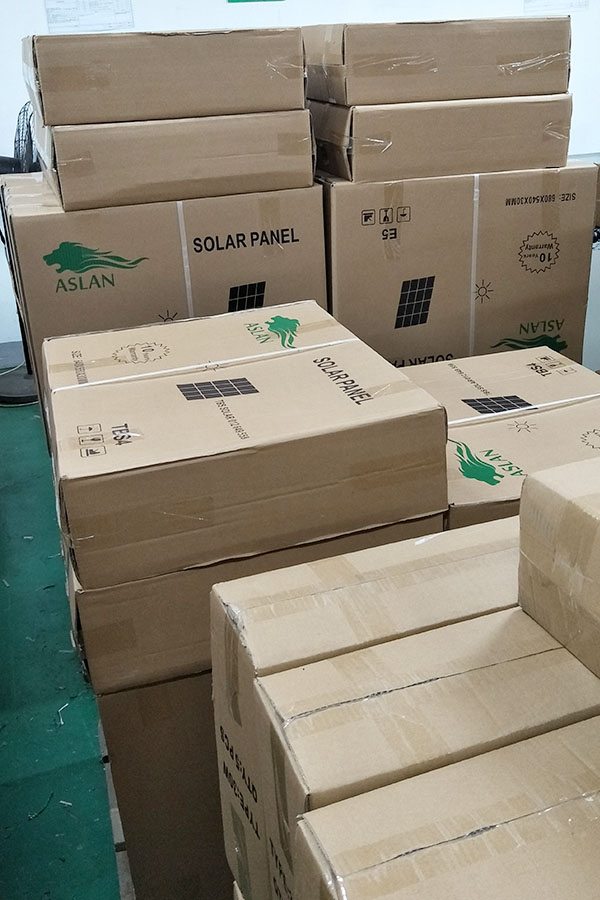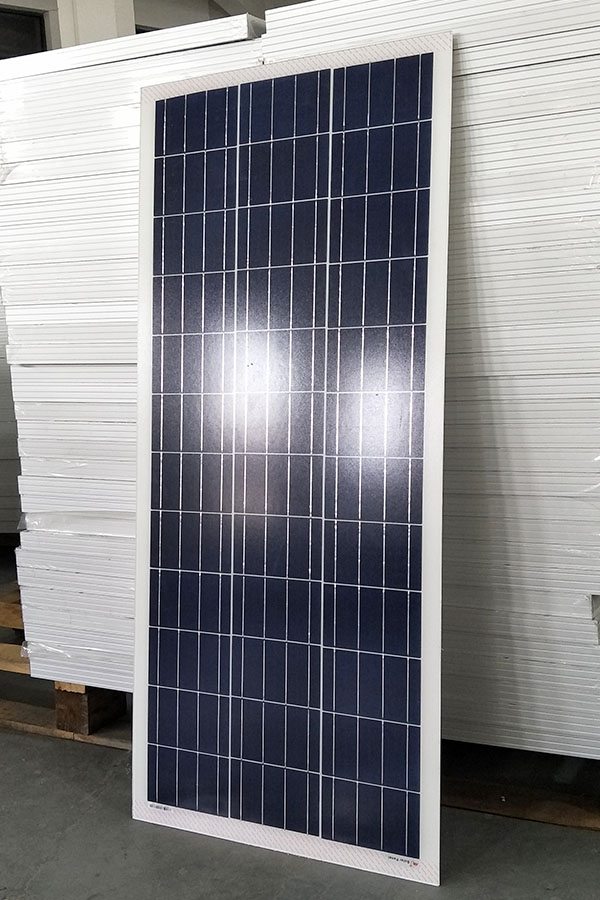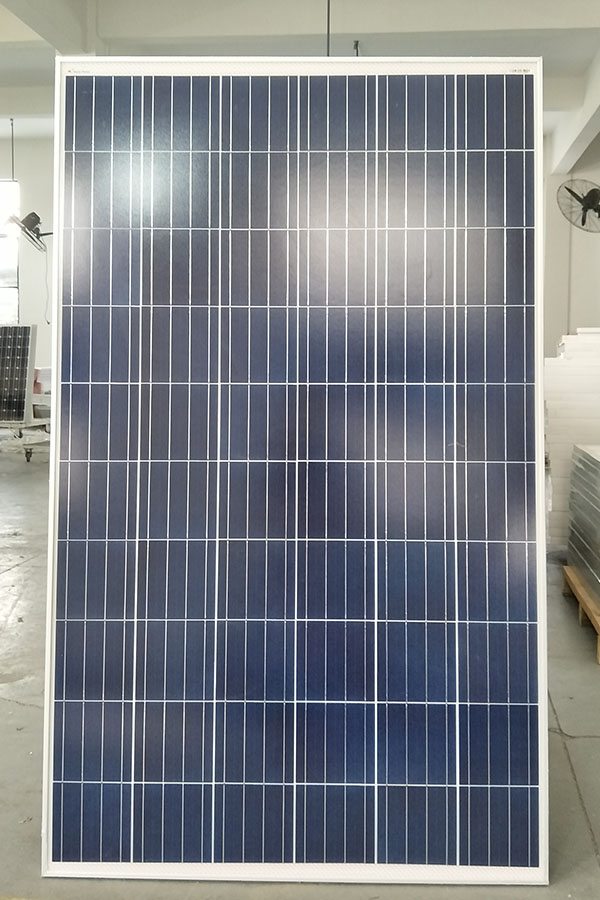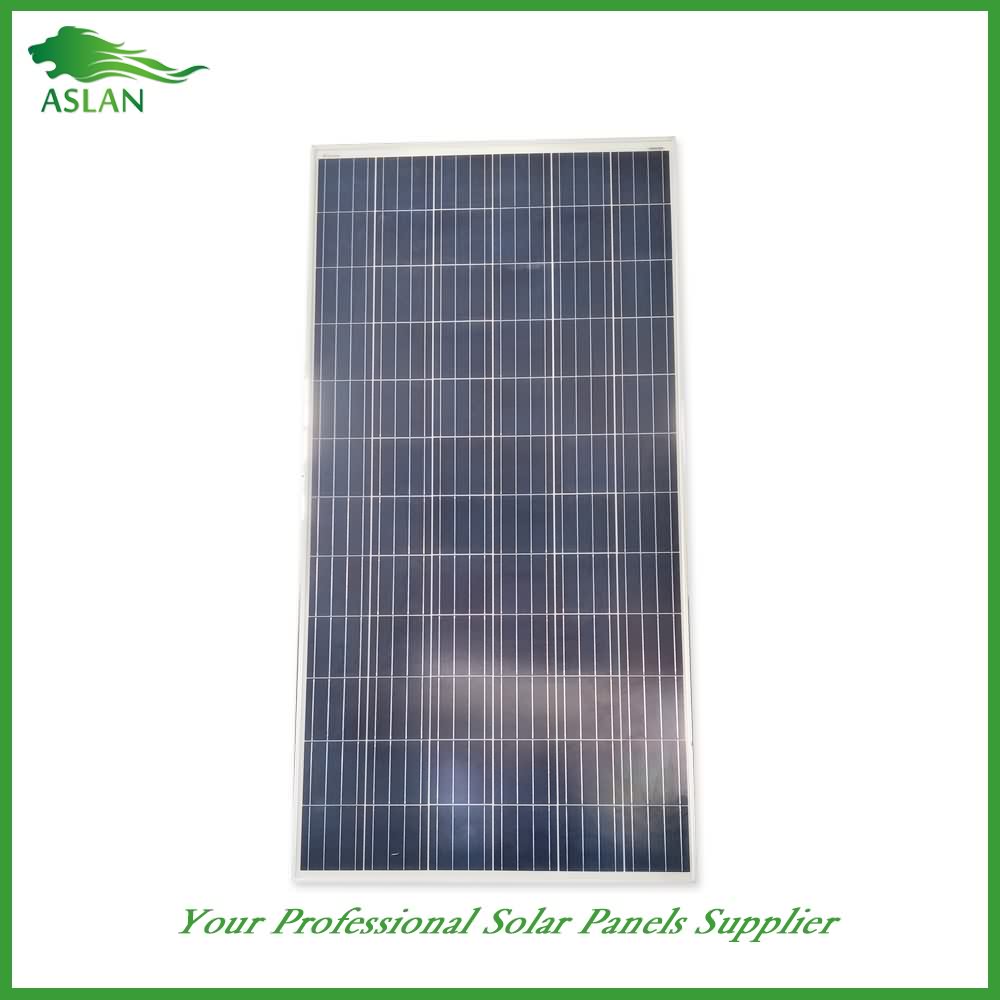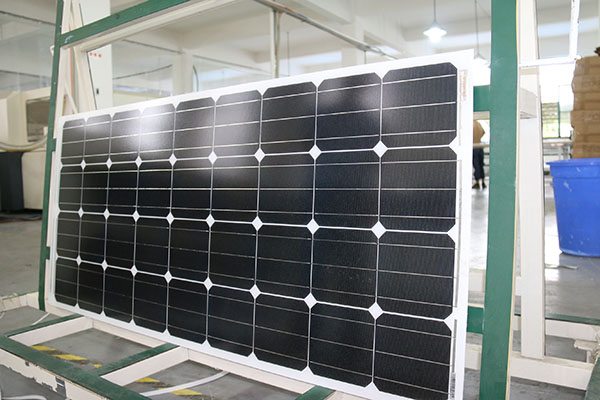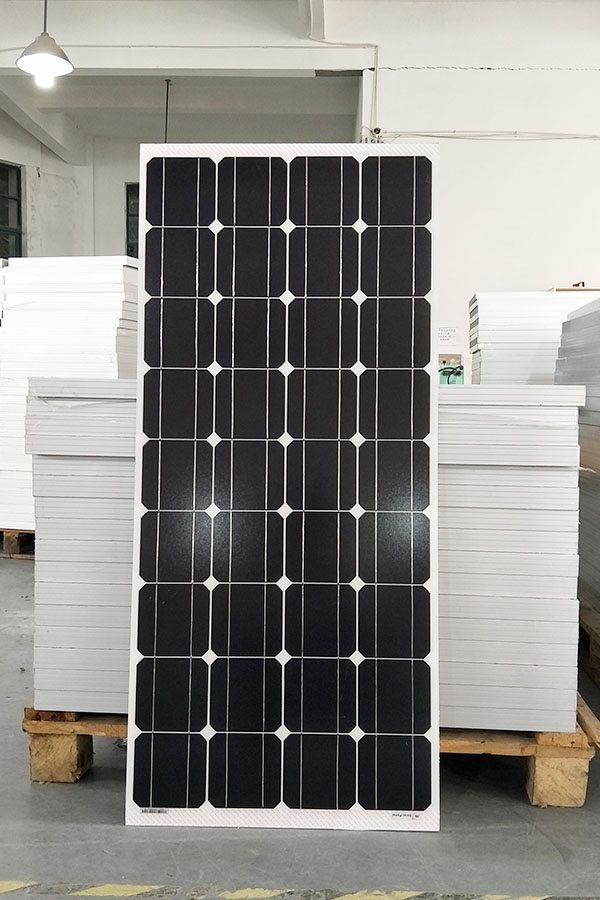13 Years Manufacturer Poly-crystalline Solar Panel 80W Seattle Manufacturer
Short Description:
We are committed to providing easy,time-saving and money-saving one-stop purchasing service of consumer for 13 Years Manufacturer Poly-crystalline Solar Panel 80W Seattle Manufacturer, Any requires from you will be paid with our best attention!
Poly-crystalline Solar Panel 80W
Technical parameter
Maximum Power(W) 80W
Optimum Power Voltage(Vmp) 18.13V
Optimum Operating Current(Imp) 4.70A
Open Circuit Voltage(Voc) 21.79V
Short Circuit Current(Isc) 5.16A
Mechanical Characteristics
Cell Type Poly-crystalline 156x104mm (6 inch)
No of Cell 36 (4x9pcs)
Dimensions 1008x678x35mm
Weight 8.3KGS
Front Glass 3.2mm,High Transmission, Low Iron,Tempered Glass
Junction box IP65 Rated
Output Cable TUV 1×4.0mm2/UL12AWG,Length:900mm
Temperature and Coefficients
Operating Temperature(°C): -40°C ~ + 85°C
Maximum System Voltage: 600V(UL)/1000V(IEC) DC
Maximum Rated Current Series: 15A
Temperature Coefficients of Pmax: -0.435%
Temperature Coefficients of Voc: -0.35%
Temperature Coefficients of Isc: 0.043%
Nominal Operationg Cell Temperature (NOCT): 47+/-2°C
Materials of solar panel
1).Solar Cell——Poly-crystalline solar cell 156*104mm
2).Front Glass——-3.2mm, high transmission, low iron, tempered glass
3).EVA——-excellent anti-aging EVA
4).TPT——-TPT hot seal made of flame resistance
5).Frame——anodized aluminum profile
6).Junction Box——-IP65 rated, high quality, with diode protection
Superiority: high quality anodized aluminum frame, high efficiency long life, easy installation, strong wind resistance, strong hail resistance.
Features
1. High cell efficiency with quality silicon materials for long term output stability
2. Strictly quality control ensure the stability and reliability, totally 23 QC procedures
3. High transmittance low iron tempered glass with enhanced stiffness and impact resistance
4. Both Poly-crystalline and Mono-crystalline
5. Excellent performance in harsh weather
6. Outstanding electrical performance under high temperature and low irradiance
Quality assurance testing
Thermal cycling test
Thermal shock test
Thermal/Freezing and high humidity cycling test
Electrical isolation test
Hail impact test
Mechanical, wind and twist loading test
Salt mist test
Light and water-exposure test
Moist carbon dioxide/sulphur dioxide
LINKSOLAR 13WATT SMART SOLAR CHARGER.
http://bit.ly/minisolarpanel
First quick overview of an almost finished project. Still needs wired. The Xbox build for my sons sixth birthday will follow shortly. This is a Black and Decker 2 amp charger, and for $20, it is ready to handle charge, float, etc on almost any type of lead-acid battery configuration. This is my second one. I use them for the kids electric ride-on toys also. They work well on the small AGM batteries.
I’m planning on adding holes for air flow through the inverter in the back of the box. I’ve tested the inverter as well as the USB ports for charging a phone. It’s not as efficient, power-to-weight wise, as a small lithium based battery bank, but I consider that to be a theft deterrent! Nobody will want to run down the street carrying a 20 lb box! I’ve added a handle and lid latch, which I will demonstrate in another video. It’s working well now, with the full configuration nearly complete. It’s a fun little project and with about 144 watt battery (just about a 1/3 of the Goal Zero Yeti 400 and almost the same as the Yeti 150). In fact, this is essentially like a Yeti 150, but the modified sine wave inverter on this will support up to 300 watts, although that would smoke the battery in about 20 minutes (figuratively, not literally I hope) at that high of a discharge rate. Still the extra surge of this unit might come in handy.
One use I thought of was to recharge my parents mobility scooters if they run the battery down. At 20 lbs, they could bring this with them and use it to give them a “reserve” fuel tank for their scooter. However, I’m not sure if the scooters pull too much power from the inverter during a charge. It could also be kept in a car, as a mobile (in the car) but permanent (stays in the car) charging system for the back of a van or truck or SUV that doesn’t have high-output AC plugs already built in (or USB charging docks). If you put a 10W solar charger in the window, you could keep it topped up and ready for a road trip. It should be able to charge a couple tablets and smart phones while traveling.


